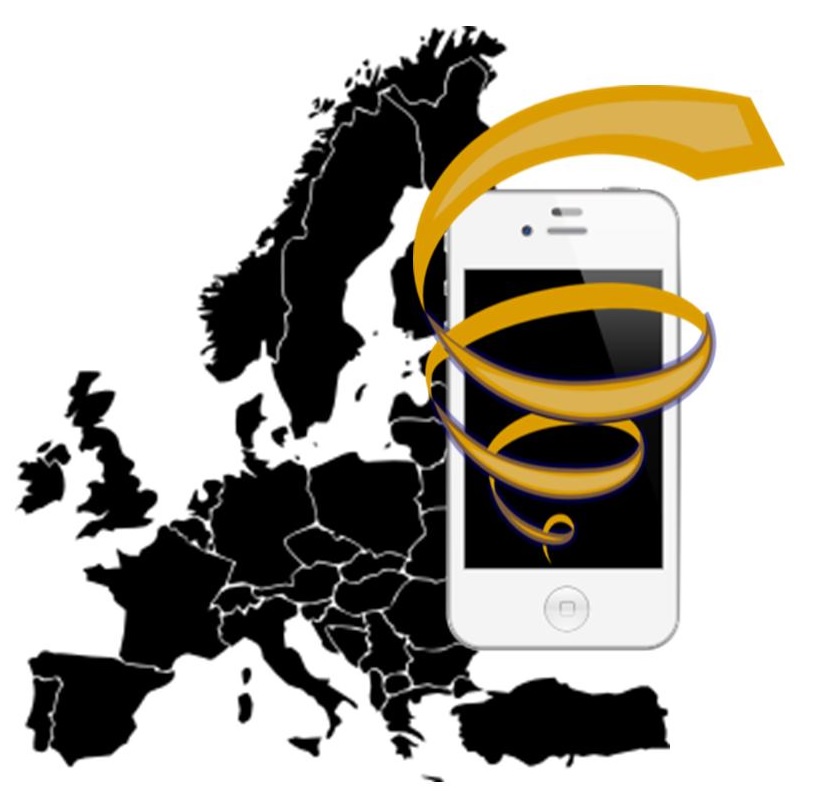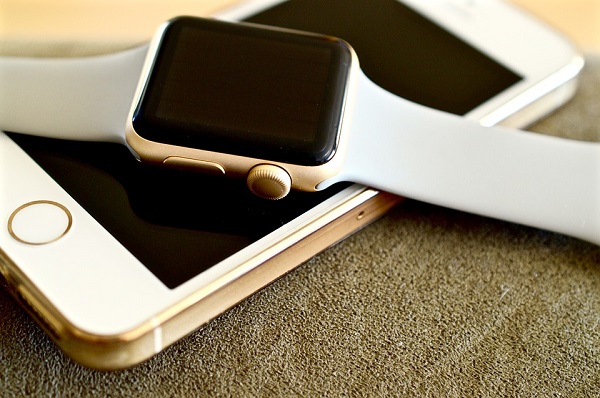The 2016 Digital Payments Study showed a rapidly rising number of consumers using smartphones to pay.
The 2016 Digital Payments Study from Visa revealed insight into European mobile payments trends. It showed that there has been a spike in the number of people using smartphones as wallets. In fact, the number of people using this type of transaction has tripled since 2015.
At the time of the research, 54 percent of consumers were using mobile payments on a regular basis.
The research indicated that European mobile payments were regularly used by over half of consumers. Comparatively, at the same time the year before, only 18 percent of consumers were using mobile wallets to pay for goods and services.
 This research involved the participation of over 36,000 online consumers in Europe. They resided in any of 19 different countries in the continent. The study showed a dramatic shift in the use of mobile payments technology over the prior 12 months.
This research involved the participation of over 36,000 online consumers in Europe. They resided in any of 19 different countries in the continent. The study showed a dramatic shift in the use of mobile payments technology over the prior 12 months.
The European mobile payments research also indicated that more people are open to trying the tech.
Last year at the same time, 38 percent of respondents had never used mobile payments and had no intention of ever trying it. This year’s figure has dropped to 12 percent. Clearly, far more people are interested in trying the use of mobile devices to pay for products and services.
There were two countries in which it was most obvious that there was a very large increase in mobile wallet use and interest. These two countries were Turkey and Romania. They have been adopting this technology at a staggering rate.
That said, the United Kingdom stood out as a market where there was a very large percentage of smartphone users who also used mobile payments. In the U.K., 74 percent of device owners had tried mobile wallets. Over half of the people who had tried the tech (59%) had done so to transfer money to friends and family. Slightly fewer (45 percent) had used it for purchasing take-out at restaurants.
A new trend in European mobile payments has also started to develop. Within it, consumers have revealed that they are increasingly comfortable in using their mobile devices to make more expensive purchases.

 Among those on the list currently include the Moto 360 Sport, the Moto 360 2nd Gen, the Asus ZenWatch 2, the Fossil Q Founder and the TAG Heuer Connected. That said, unofficial lists are popping up all over the web which include other Android Wear based gadgets.
Among those on the list currently include the Moto 360 Sport, the Moto 360 2nd Gen, the Asus ZenWatch 2, the Fossil Q Founder and the TAG Heuer Connected. That said, unofficial lists are popping up all over the web which include other Android Wear based gadgets.